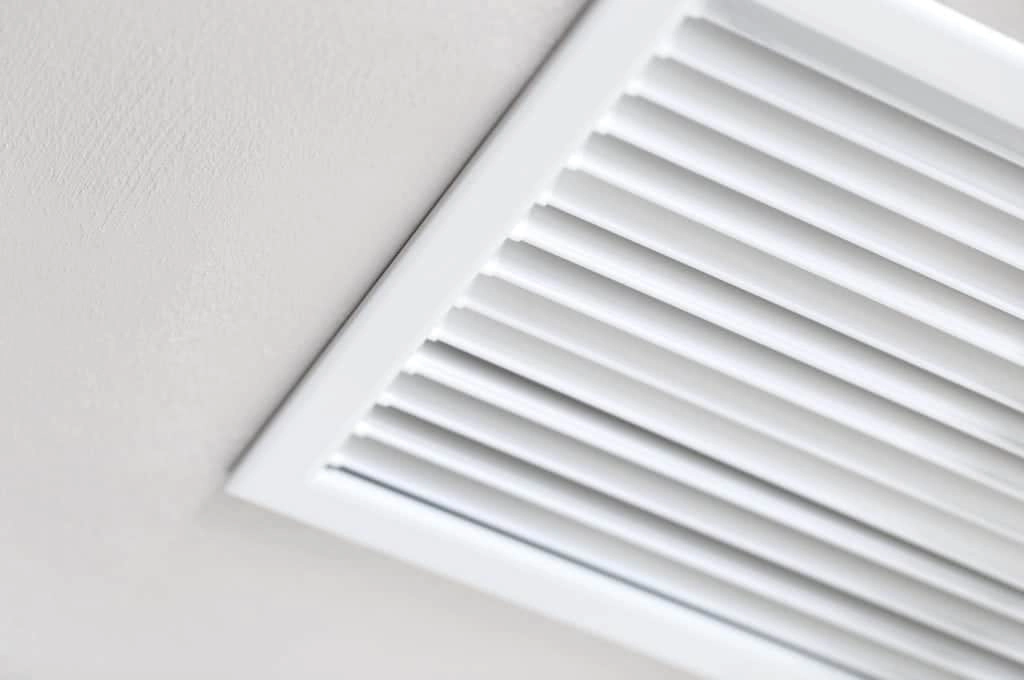Carpenter ants are a type of wood destroying organism (WDO). They make their home inside wood, chewing out nests—known as “galleries”—with their mandibles. They prefer dead and damp wood over dry wood. Though they chew through wood, they do not consume wood. They discard the chewed wood, often leaving behind a trail that resembles sawdust.
On first glance, carpenter ants may get mistaken for termites or even dry or wet rot. Carpenter ants, termites, and fungus rot are WDOs, but infestations of each type are treated differently.
Here is what you should know about carpenter ants and what you can do to get rid of them.
External signs of a carpenter ant infestation include the ants themselves, the appearance of small openings on the surface of wood, and sawdust-like piles.
WDOs of all kinds are commonly found in homes and businesses. They can break down wood structures, inflicting damage that threatens the integrity of a building. If you notice signs of a carpenter ant infestation, you should act quickly to get rid of it—you probably won’t have to do extensive wood repair or replacement for minor wood damage, but the longer an infestation lasts, the more damage will be done.
Ants crawling on and around wood members is an obvious sign that you have a carpenter ant problem. Carpenter ants are notorious for burrowing and living inside wood structures, so you may not see them at all. If you find holes in wood that make it appear spongy and hollowed out, you know you have a problem, but you might wonder if it’s termites or ants that caused the damage.
To answer this question, look for frass buildup. Frass is a fine powdery refuse produced by the activity of boring insects like carpenter ants. It’s basically sawdust, and it will accumulate in the area underneath a carpenter ant infestation. Termites leave behind frass, but it doesn’t look like sawdust: it’s more grooved and pellet-like. Carefully noting the appearance and texture of any wood refuse you find near infected wood members can help to clarify what kind of infestation you have.
But if you are not sure, contact a local pest control company. They can definitively identify the type of infestation you have, and the best treatment option.
Whether you contact or pro or do it yourself, identifying the pest is important. Termite, ant, and fungus infestations are treated using different methods. You don’t want to spend time and money on fixing a termite problem only to find out later that it was carpenter ants all along.
How do you get rid of carpenter ants? Try these DIY treatment methods.
Eliminating a carpenter ant infestation can be tricky. If you are up for some DIY work, try this treatment method:
Set out some bait to find their nest: Knowing you have carpenter ants is a good start. Pinpointing the location of their nest is a must if you want to get rid of them. Carpenter ants make their nests inside wood or in the area nearby. Ants are attracted to sweets and sugar, so things like jam or jelly work well as bait. Watch where ants carry the bait—that’s where they make their nest.
Destroy the nest: Now that you know their location, you can set out to eliminate the infestation. For this you will need boric acid ant bait, a proven ant killer. You can purchase this ant bait online or at a hardware store. We do not recommend making your own boric acid mix—it’s not as effective as buying ready-made boric acid ant bait from the store. Follow the directions that come with your bait treatment. You may need a bulb duster to “inject” the treatment into hollowed out wood.
Cut back foliage from your home: Carpenter ants infest trees and the woody parts of plants. The ants can easily make their way onto and into your home if there is too much foliage contact. Make sure there is space between your house and any surrounding plants that may allow them to gain access.
Fix any leaks and eliminate standing water: Access to water is one of the main factors that leads to a carpenter ant infestation. Wood that is excessively damp is at greater risk of infestation. Water leaks and standing water can contribute to heightened moisture content in wood. Of course, ants also use water to hydrate. Eliminate water and excessive moisture and you will be less likely to experience a carpenter ant infestations.
Get in touch with a pest control professional if you can’t resolve the issue on your own.
Carpenter ants are one of many WDOs. They can completely destroy wood members, leaving you to deal with expensive foundation replacement. If you are sure that you have a carpenter ant infestation, you can try to eliminate them with the DIY treatment method outlined above. But you might still be dealing with ants even after trying this method. If so, you should call up a pest control pro!
A professional ant treatment process involves a full inspection of the exterior and interior of your property. At Good Life Pest Solutions, we will locate the main nest, and any satellite nests commonly found near the base of windows and doors. We will then treat the infestations with a dust formulation specifically designed to kill carpenter ants, applying it to the entry and exit holes bored out by the ants.
Not every pest treatment is successful on the first try. If that’s the case, we’ll return for additional treatments.
If you aren’t sure what type of infestation you have, or if you just can’t seem to get rid of the pests, give us a call! The pest control experts at Good Life Pest Solutions can help. We will perform an in-depth pest inspection, use our proven treatment method, and keep coming back to make sure the carpenter ants are gone for good. Get in touch today!




